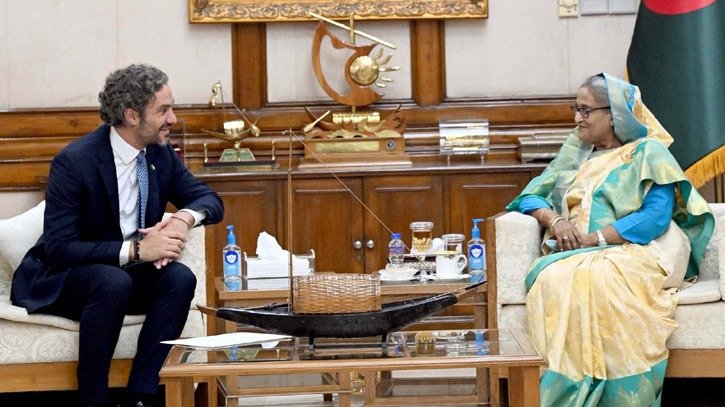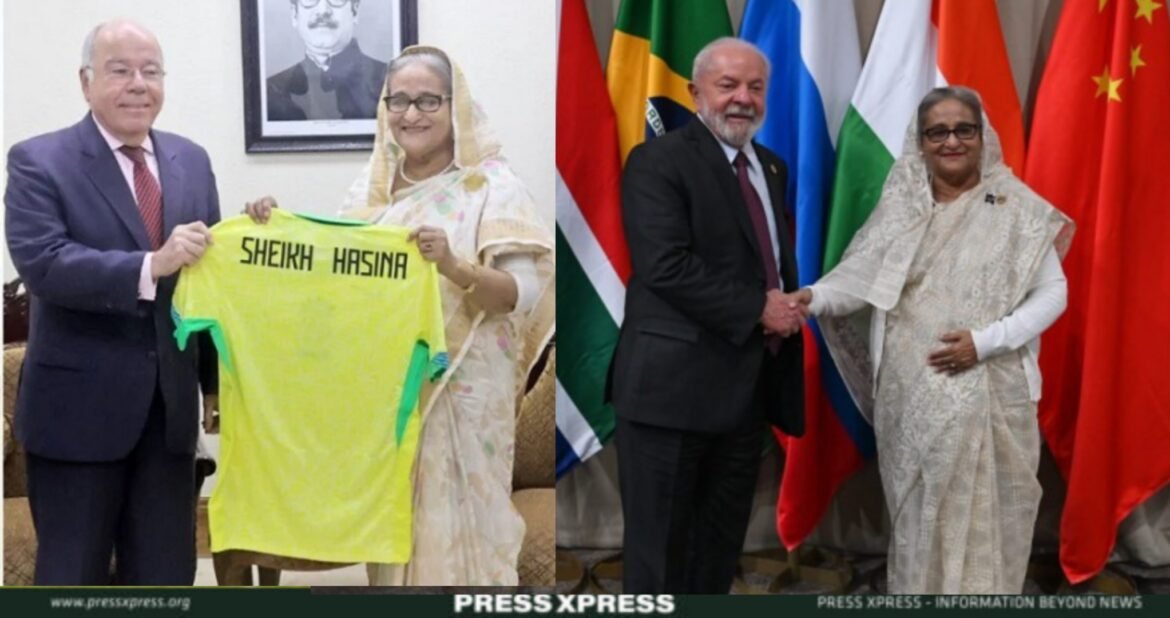Latin America, often referred to as ‘the middle class of nations,’ lies between the affluent regions of North America and Europe and the impoverished areas of South Africa and Asia. Since the 1970s, this region has undergone significant social and cultural transformations under neoliberal economic experiments. By the late 19th century, most Latin American countries, such as Argentina, Bolivia, and Chile, had gained independence from Spanish, Portuguese, or French colonial rule.
Initially, these nations focused on trade protectionism to promote domestic industries. However, the economic depression and World War II compelled them to gradually integrate their economies through organizations like the Latin American Free Trade Association (LAFTA) and the Central American Common Market.

Bangladesh and Latin American countries have traditionally maintained amicable relations due to their shared experiences of decolonization, cultural linkages, and people-to-people connections, exemplified by the passion Bangladeshi fans have for Argentine and Brazilian football teams during the World Cup.
With an annual per capita income of around $8,848.86 (as of 2023), Latin America has been gradually expanding its potential as an export hub for commodities like sugar, bananas, coffee, linseed oil, copper, and iron ore. On the other hand, Bangladesh is renowned for exporting ready-made garments and apparel globally, while also being a major center for technology, finished leathers, textiles, medicines, and jute products – a lucrative market for Latin American businesses. Bangladesh’s economy maintained an impressive 5.3% GDP growth rate in the fiscal year 2023-2024, an economic success that Latin America would like to emulate.
Growing Bilateral Relations
Bangladesh’s diplomatic ties with Latin America have strengthened significantly, with two major regional powers, Brazil and Argentina, recently establishing embassies in Bangladesh to facilitate deeper connections. Mexico also plans to open an embassy soon. Increased visits from high-level government officials and representatives from Latin American countries signal attempts to forge stronger diplomatic bonds.
Over the past decade, a total of $14.11 million in investments have been made in Bangladesh by Uruguay, Bolivia, Chile, El Salvador, Mexico, Peru, and Panama. In the fiscal year 2022-2023, Bangladesh’s exports to Latin American nations reached $621.27 million, a 20.51% increase from the previous year. The first two months of the current fiscal year 2023-2024 saw exports worth $107.75 million, reflecting the region’s growing importance as a major export market for Bangladesh.
Warm and effective relations with Latin American nations can facilitate Bangladesh’s entry into a substantial portion of the BRICS market, as Brazil is a BRICS member. Bangladesh aspires to join BRICS, as it will open an additional source of financing and attract more foreign investment.
Exploring Economic Opportunities
Bangladesh, with a per capita income of $2,765 (as of 2023) and an average economic growth rate of 6.5% over the last 7-8 years, is transforming into a middle-income country, demonstrating its economic potential and meriting the exploration of alternative markets. Latin American countries, being emerging economies, present an opportune time to explore business and trade opportunities with Bangladesh.

Bangladesh needs to explore markets in Latin American countries for its pharmaceuticals, leather, ceramics, melamine goods, services, IT products, jute products, handicrafts, agricultural products, and farm management services. Additionally, Bangladesh’s Ready-Made Garments (RMG) sector, which accounts for over 80% of the country’s total exports, holds high potential in the Latin American market, having already achieved substantial growth in recent years.
Apart from garment items, the shipment of other goods like jute and jute goods, plastic goods, medicines, and leather products is increasing. The Latin American nations, especially Brazil and Argentina, are also becoming key suppliers of cotton, maize, oilseeds, and sugar to Bangladesh.
Bangladesh has the opportunity to capture a significant market share in areas where China’s stake is falling due to higher production costs, as China is a major supplier to the Latin American region. Bangladesh’s garment and textile sector is well-positioned to supply goods aligned with the fashion and style preferences of Latin American consumers.
Exploring Cooperation on Global Issues
Since the 1950s, countries from the Global South, including Latin America, Africa, and Southeast Asia, have maintained solidarity separate from great power rivalries, exemplified by the Non-Aligned Movement (NAM) during the Cold War era. Bangladesh’s balanced foreign policy may be a driving factor behind Latin America’s growing interest in diplomatic engagement.
Bangladesh and Latin America have worked together globally in the United Nations Economic and Social Council (ECOSOC) and the United Nations Security Council on various issues. Sharing the same values and norms, they work closely to maintain international peace and security, protect and defend human rights, and address humanitarian issues. They need to increase collaboration and cooperation on contemporary global development issues, including managing global climate change, global migration, achieving the Sustainable Development Goals (SDGs), and augmenting South-South cooperation.
In the environmental context, both Bangladesh and Latin America face similar challenges. Promoting cooperation and unity at the global level to reduce carbon emissions will be imperative. They can also cooperate on technology transfer, utilizing the Technology Facilitation Bank (TFB) for Least Developed Countries (LDCs) and the Technology Facilitation Mechanism (TFM) for non-LDCs.
Looking Ahead
Bangladesh’s efforts to diversify its markets and offer apparel shipments at competitive prices are leading the country toward becoming a significant export destination for Latin America. As some Latin American countries are opening embassies or attempting to do so, this reflects Bangladesh’s growing significance as an economic and political force. This may encourage other Latin American countries to establish diplomatic and trade affiliations with Bangladesh.

Despite potential challenges such as regional distance, language barriers, national interests, and complexities in opening Letters of Credit (LC), Bangladesh’s continuous efforts to bolster bilateral ties would possibly further open new avenues for collaboration. There are also opportunities to improve people-to-people bonding, promote Bangladeshi products, and provide prospects for future investment through academic exchanges in higher education between Bangladesh and Latin American nations.


